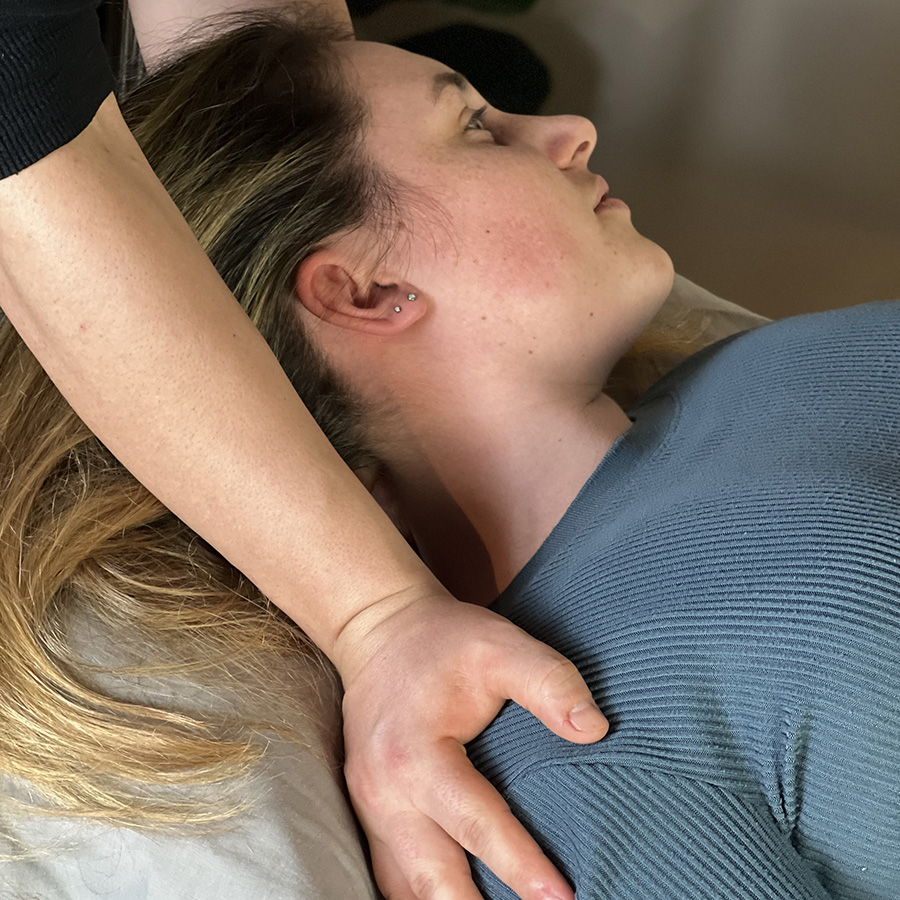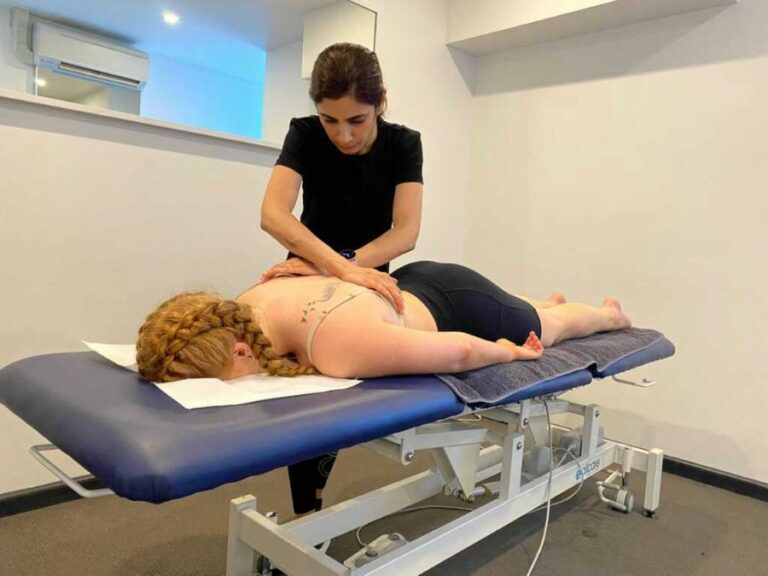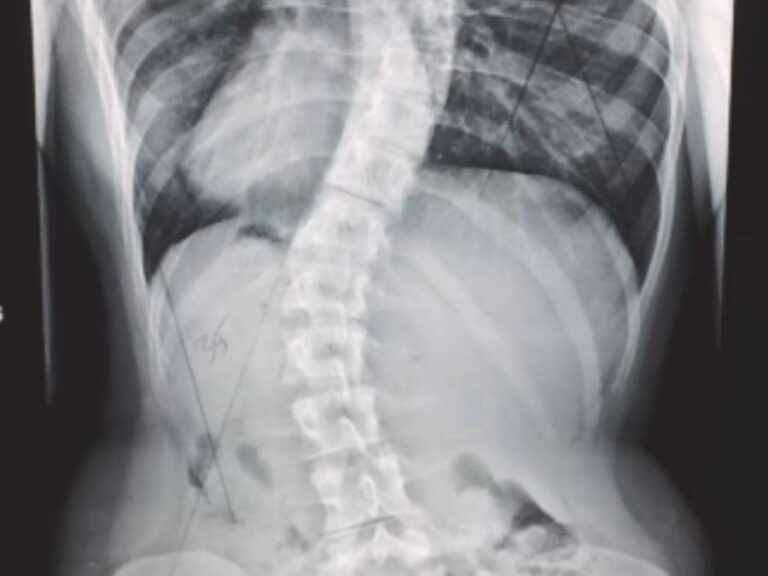What are the different types of headache?
A headache is pain experienced in any part of your head. It is a common condition, and in most cases, not a symptom of serious illness. The International Headache Society recognises more than 200 different types of headache.
They can be classified as primary (occurring on their own and not as a result of another health problem) or secondary (resulting from another health problem). The most common types of primary headache include tension-type headache (TTH) and migraines.
Tension Headache vs. Migraines
It Is important to understand the difference between the two of them because the treatment is different in both cases. Migraines and tension headaches have some similar characteristics, but
also some important differences:
- Migraine pain is usually throbbing, while tension-type headache pain is usually a steady ache
- Migraine pain often affects only one side of the head, while tension-type headache pain typically affects both sides of the head
- Migraine headaches, but not tension-type headaches, may be accompanied by nausea or vomiting, sensitivity to light and sound or aura
Tension-type headaches
Tension-type headache (TTH)is one of the most common forms of headache. With tension-type headache, your pain is usually on both sides of the head, from mild to moderate and can last between 30 minutes and 7 days. The pain is usually described as dull pain and diffuse. Physiotherapy is the most commonly used non-pharmacologic treatment of TTH. Cervical exercises, relaxation, massage, postural exercises, cranio-cervical techniques, thermotherapy, vertebral mobilisation and stretching are effective in reducing TTH symptoms such as pain frequency and intensity. Physiotherapy may also improve other aspects from TTH such as quality of life, impact and pain disability and psychological aspects.
Migraine
Migraine is a common disorder with a range of different types, symptoms and severity. Symptoms typically last 4 to 72 hours and range from moderate to severe. Pain in migraines are often but not always on one side of the head, in the front part of the head, or around the eyes or the sides of the head. The pain is usually described as throbbing, exertion makes it worse, and might be accompanied by nausea; sensitivity to light, sound, or odours. Some people might present aura before a severe migraine. Aura is characterised by disturbances in your vision like flashlights.
Treatment includes lifestyle changes (diet, exercise, sleeping habits) physiotherapy and prescribed medications. Massage therapy, physiotherapy and relaxation therapy was shown to be as equally efficient as propranolol and topiramate in the management of migraine.
Physiotherapy has also shown to decrease pain intensity and reduce the number of days with migraine as well as working disability.
Get in touch today for how we can help your headache pain.




